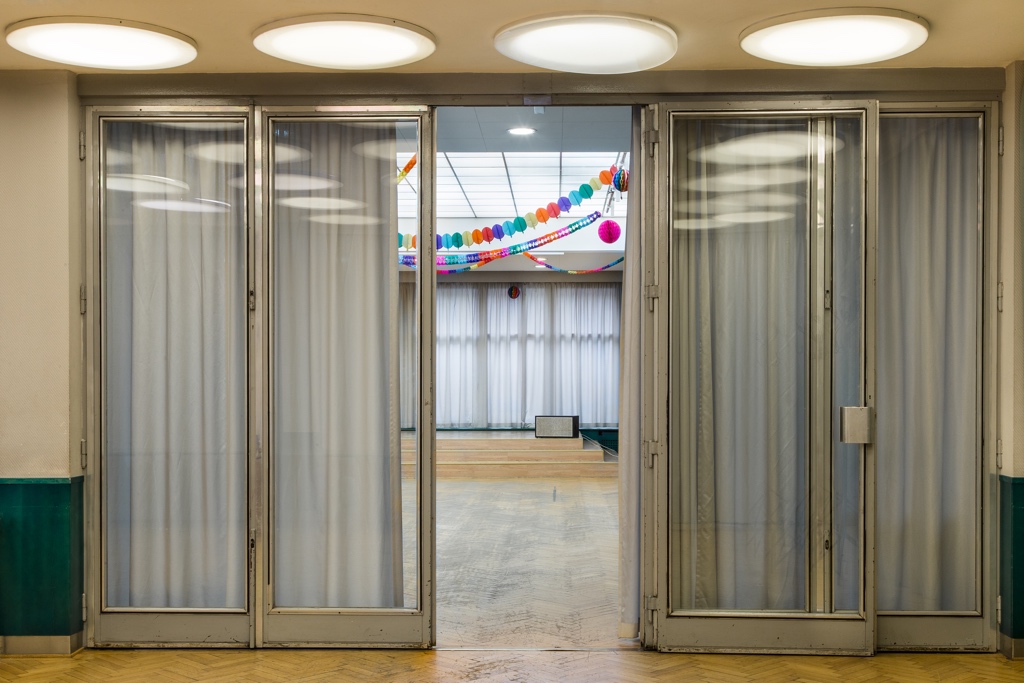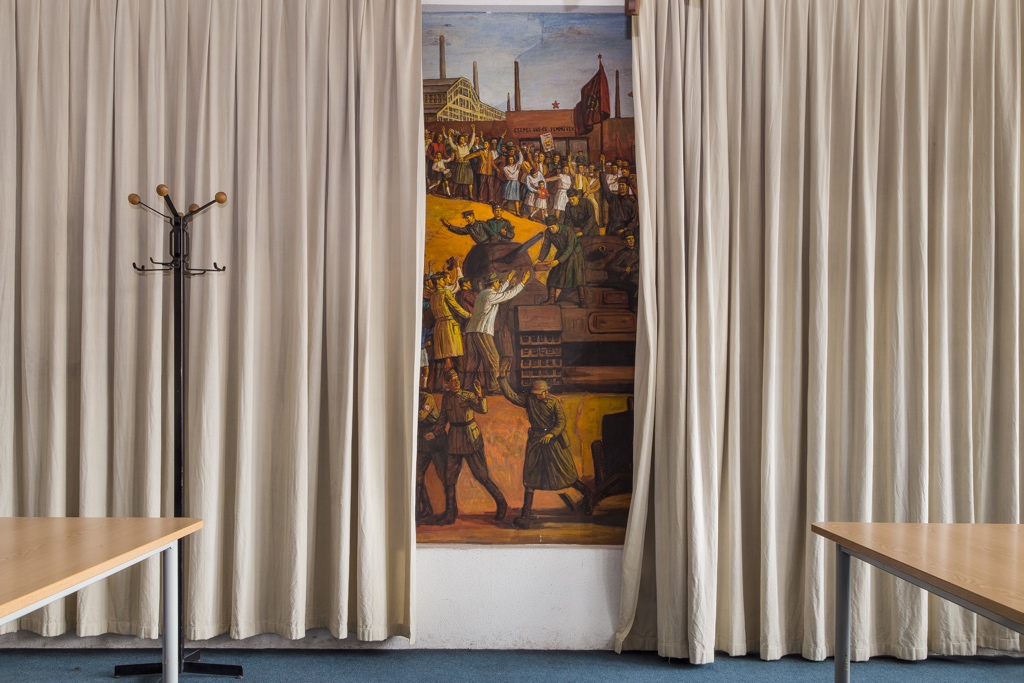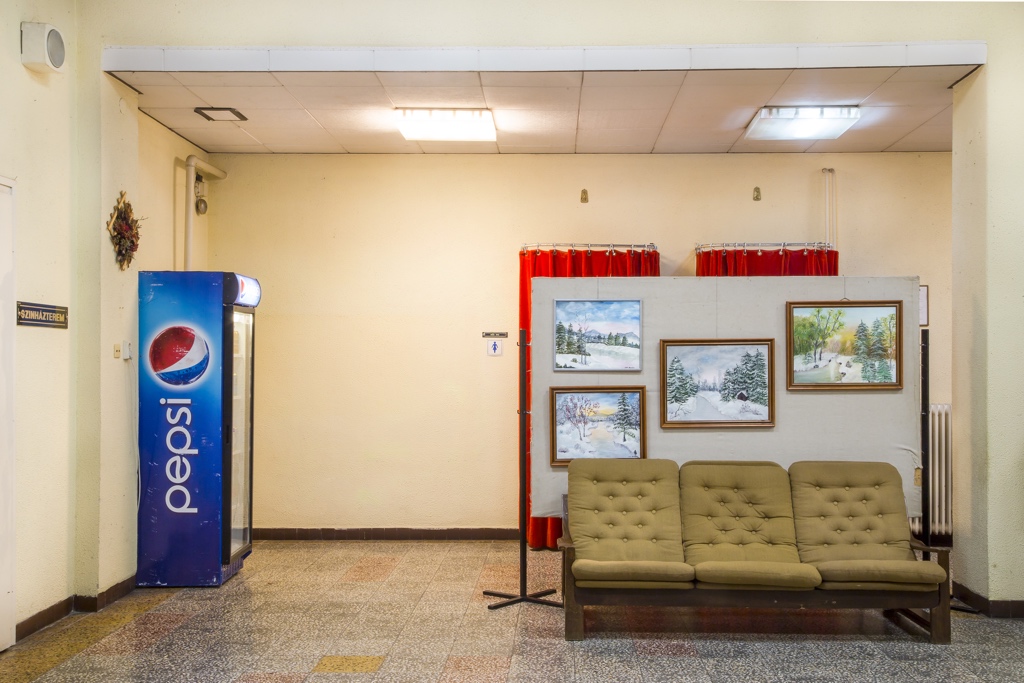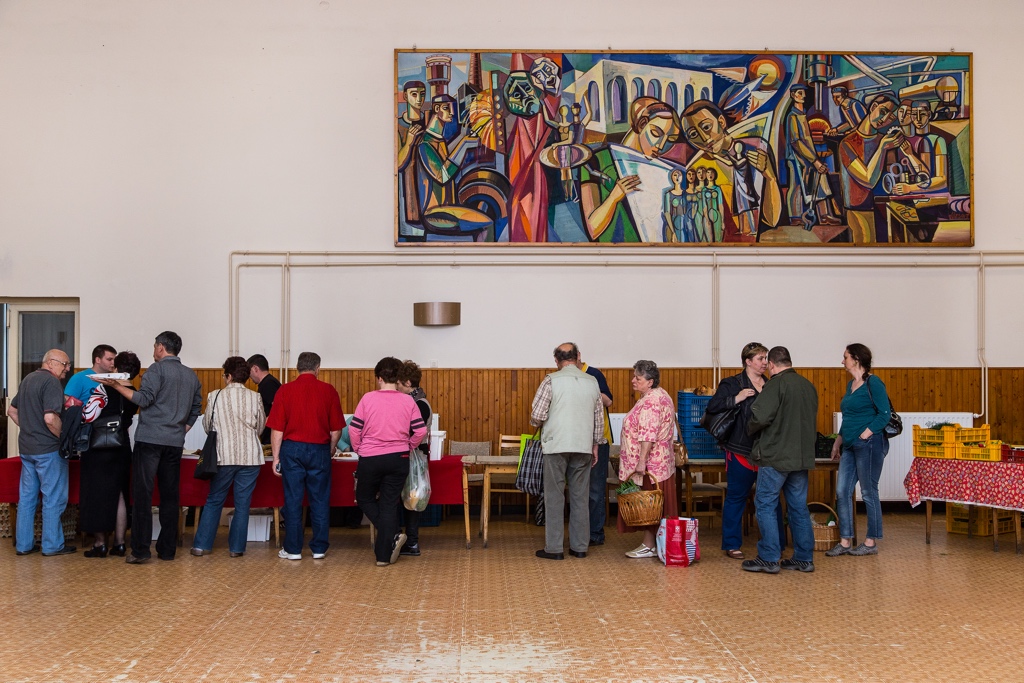Tímár came to the field of photography with a strong social interest. Before obtaining her Master’s diploma in Photography in 2017, she pursued two degrees in History and Social Sciences in Budapest and Paris. It is in photography that she found her voice, however, and elaborated a research-based working method based on her academic past. In 2016, she was one of the fellowship-winners of the Robert Capa Grand Prize for her series Culture House. Tímár has always been interested how our collective past affects our collective present, a question loaded with a heavy heritage in Central and Eastern Europe. In her award-winning project, she examined Hungarian cultural houses, institutions that are almost forgotten and neglected today. Their role in the education of the population during the socialist period, however, was significant, if not pivotal. Tímár proceeds with an archaeologist’s method and peels off the layers of transformation these buildings have been going through in the last decades in order to adapt to their present use and function. Most of these spaces are still inhabited by the atmosphere of the communist era and have become an awkward juxtaposition of modern-day consumerist entertainment and the faded attributes of cultural-political authority that once controlled and censored the arts’ life. Tímár’s photographs capture this unique ambiance, with flashing neon lights, heavy red curtains, and corridors where the smell of cigarettes still linger.

House of Workers in Csepel, Budapest, from the series Culture House, 2016

House of Workers in Csepel, Budapest, from the series Culture House, 2016

VOKE Batsány János Cultural Center, from the series Culture House, 2016

VOKE Egyetértés Culture House, Debrecen, from the series Culture House, 2016